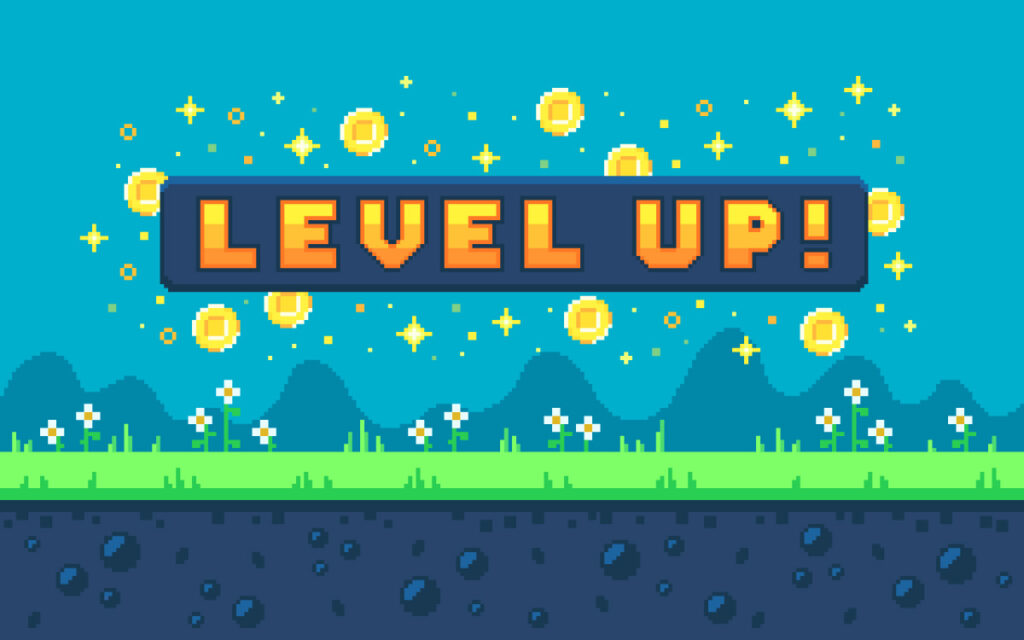Gamification in Recruitment: 6 Game-Changing Benefits
So – aside from offering a fun and novel experience within the world of recruitment – what are the real-world benefits of gamifying the hiring process? Are there any cost-efficiencies or streamlining elements you can look to leverage, or is gamification in recruitment little more than a gimmick?
In fact, there are a number of business benefits you’ll take advantage of by bringing gamified processes into your organisation’s hiring.
1. Enhanced Candidate Engagement
In an ultra-competitive job market, captivating candidates is crucial. Gamification achieves this by offering fun and interactive experiences throughout the recruitment process. Through gamified challenges, quizzes, and immersive simulations, candidates become more motivated to participate and stay engaged with the hiring journey.
2. Assessment of Skills and Abilities
Traditional interviews often fall short of accurately gauging candidates’ skills. However, gamification enables recruiters to evaluate candidates’ problem-solving abilities, critical thinking, and domain-specific skills in a more comprehensive and interactive manner. This provides the foundation for more informed hiring decisions.
3. Reduction of Bias
Unconscious bias can unknowingly influence hiring decisions. Gamification in recruitment helps mitigate bias by focusing on objective evaluation criteria and standardised processes. Each candidate is evaluated based on their performance, ensuring fairer treatment and unbiased assessment.
4. Attracting Millennial / Gen Z Talent
As the dominant jobseeker demographics, Millennials and Gen Z respond positively to novel experiences – by bringing gamification into the recruitment process, you’ll magnetise these tech-savvy generations. Hypothetically, a VR-based gamified skills assessment would intrigue Millennials far more than an old-school multiple choice questionnaire, giving them a glimpse of your company’s innovative culture and inspiring them to join your workforce.
5. Improved Hiring Efficiency
Traditional hiring processes are almost always time-consuming and labour-intensive. It takes time and energy to create job listings, qualify candidates, schedule and conduct interviews, review performances, and so on. Gamified recruitment, however, can greatly streamline and automate several stages of the process. This saves time and effort for both recruiters and candidates.
6. Boosted Retention and Cultural Fit
Recently, the business spotlight has focused on elements of corporate culture, and alignment with concepts such as ‘digital transformation’ is growing ever-more important. In other words, cultural fit is vital for long-term retention. By designing experiences that reflect your company’s mission, vision, and values, you can more accurately identify candidates who ‘fit’ your ethos. For example, a collaborative puzzle-solving game would give candidates a sense of your company’s cooperative, teamwork-based environment.












